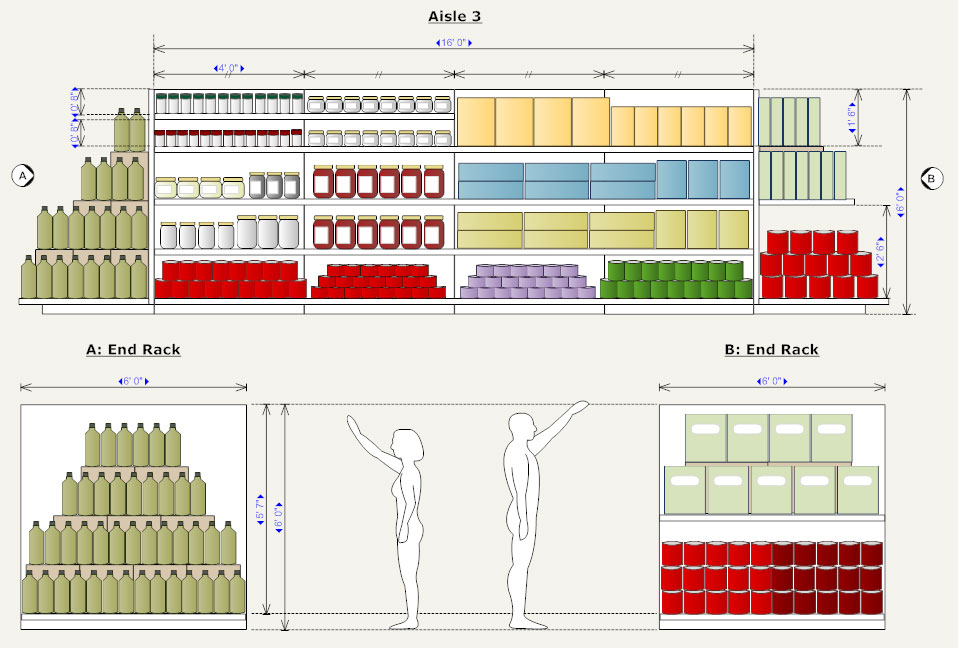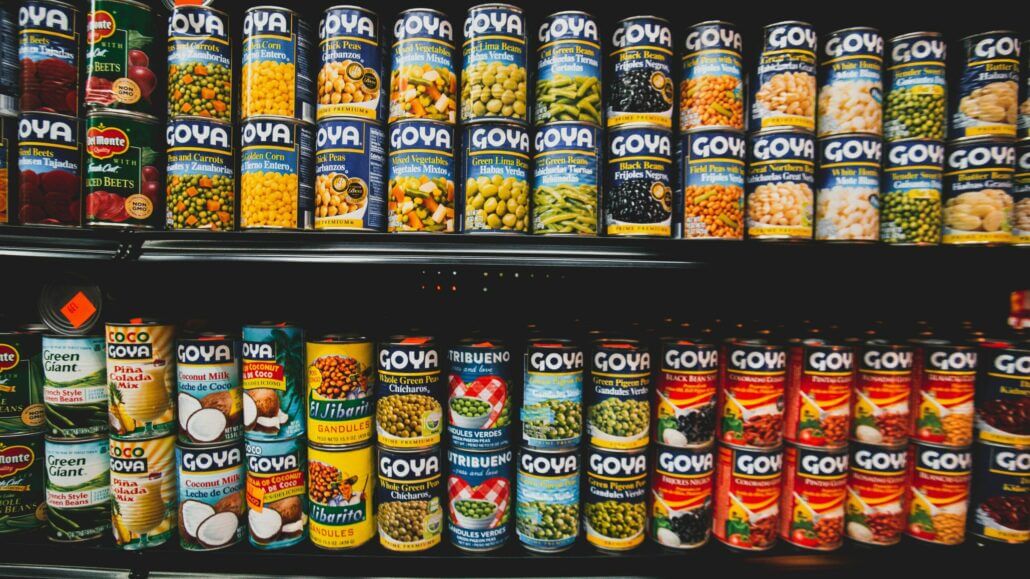

As noticeable in Figure Figure 1, verifying planogram compliance calls for detecting and localizing each individual product instance within a shelves image crowded with lots of objects, some remarkably similar one to another. The scarcity and diversity of model images make it awkward to deploy directly object recognition methods, such as deep convolutional neural networks, that demand a large corpus of labeled training examples representative of unseen data. Indeed, as also exemplified in the leftmost column of Figure Figure 1, one has to rely on a single or a few views either synthetic (graphic renderings of the package) or taken in ideal studio-like conditions in order to model each product instance which, then, must be sought within images acquired in real settings. , dealing with grocery products on shelves exhibits peculiarities that render the task particularly challenging.

The problem of automatically recognizing grocery products from images may in principle be traced back to the more general and extensively investigated subject of visual object recognition. Accordingly, to the best of our knowledge, established scientific approaches have not emerged yet while industrial solutions seem either at a prototype stage or in the very early part of their life cycle. From a scientific perspective, attaining planogram compliance by automated visual analysis represents a very challenging task due to the large number of object instances that should be identified and localized in each scene, the presence of many distractors, the small differences between different instances of products belonging to the same brand and the varying lighting conditions. As vouched by recently published patents, and journal articles, some major corporations are currently investigating on deployment of state of the art computer vision techniques to pursue planogram compliance, with smaller emerging companies (such as Planorama, Vispera, Simble Robotics) 1 1 1, , advertising this type of service alike. However, thus far, planogram compliance is pursued by having sales clerks visually inspecting aisles during the quieter hours of the day.Ĭomputer vision may help to automate, at least partially, this task.
#Planogram grocery store full#
Keeping shelves full as well as compliant to the planogram is a fundamental task for all types of stores that could lead to 7.8% sales increase and 8.1% profit improvement in just two weeks. The planned layout of products within shelves is called planogram: it specifies where each product should be placed within shelves and how many facings it should cover, that is how many packages of the same product should be visible in the front row of the shelf. Shelves void, low in stock or misplaced products render it difficult for the customer to buy what she/he needs, which, in turn, not only leads to unhappy shoppers but also to significant loss of sales as pointed out in, 31% of customers facing a void shelf purchase the item elsewhere and 11% do not buy it at all.

The arrangement of products in supermarket shelves is planned very carefully in order to maximize sales and keep customers happy.

The problem addressed in this paper is visual shelf monitoring through computer vision techniques. Computer vision techniques may fulfil the above requirements due to potential reliance on cheap cameras either mounted non-invasively in the store or embedded within the hand-held computers routinely used by sales clerks. However, a promising technological solution can be deployed in real shops as long as it turns out viable from a cost perspective, modifies current practices moderately and does not affect customer experience adversely. analysing shopping patterns to improve customer experience). reporting suspicious behaviours) and customer analysis (e.g. verifying low in stock or misplaced items), security (e.g. Examples of tasks where innovation can improve current best practices are shelves analysis (e.g. Technology advances may be deployed to provide more reliable information in real time to the store manager, so to coordinate human resources more effectively. Management of a grocery store or supermarket is a challenging task entailing personnel busy in supervising shelves and the whole sale point.


 0 kommentar(er)
0 kommentar(er)
